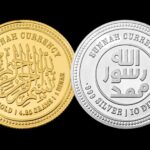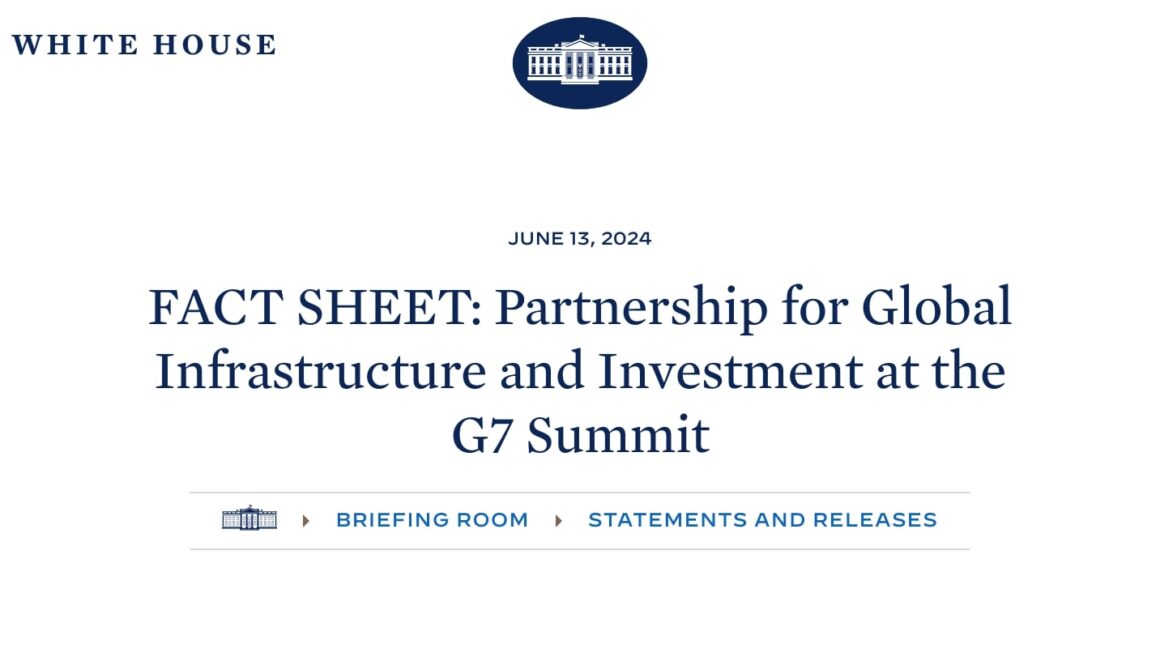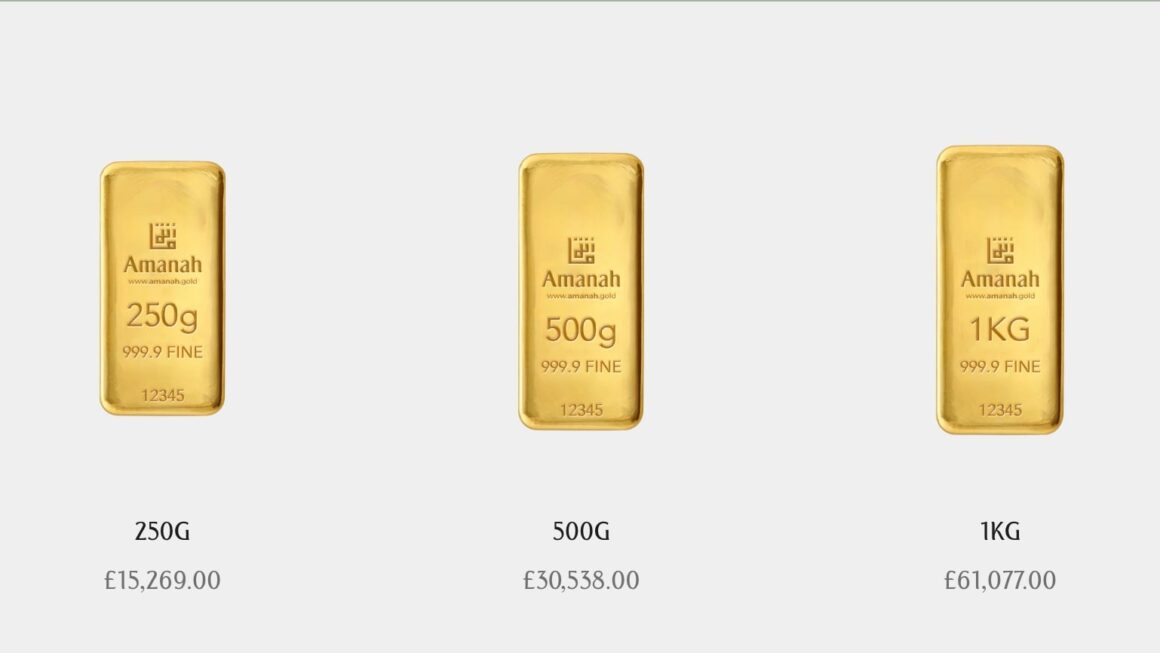Gold has surged almost 10% in the past month, surpassing the $2,000 mark for the first time in over a year. While this is good news for gold investors, it should be seen as a warning for everyone else, as gold prices typically rise during times of trouble. Recently, the banking crisis and growing fears of a US recession have been the primary reasons for the metal’s spike. Chris Beauchamp, Chief Market Analyst at online trading platform IG, says that gold bugs are bullish as the precious metal is seizing any opportunity to rally. On Tuesday, gold was trading at about $2,002 per ounce, having slipped from its April 5 high of $2,034.29.
So, where will gold’s price go from here? Typically, three factors influence the price of gold. First, the US dollar. Gold, like most commodities, is priced in dollars. Therefore, when the dollar is strong, it makes it more expensive for buyers in other currencies, which in turn decreases demand. Second, bond yields. Since gold doesn’t pay any interest, it’s less attractive when interest rates are rising, and lower-risk asset classes such as bonds and cash pay more income. Finally, gold demand is driven by political and economic risk. When investors are nervous, they usually seek safety in the world’s oldest safe haven and store of value.
In August 2020, gold reached its all-time dollar high of $2,067.15 during the initial Covid uncertainty. However, it spiked again after Russia invaded Ukraine at the start of last year, only to collapse as the early panic subsided. The energy and inflationary shock also hit gold as it forced the US Federal Reserve to repeatedly hike interest rates, which drove up the dollar and bond yields. Covid lockdowns in China also hit demand from that quarter.
When the US dollar peaked in October, gold hit a low of $1,638.85 per ounce. Vijay Valecha, Chief Investment Officer at Century Financial, says that the market shifted, and the dollar started to slide as investors anticipated the Fed’s “pivot,” which is the point at which it started cutting interest rates instead of increasing them.
Gold has received an extra boost this year as the banking crisis triggered a flight to safety, and recession fears grew. Mr Valecha adds that sticky inflation, rising interest rates, monetary tightening, and risky credit are ripe conditions for a worldwide recession and gold resurgence. He says that the banking crisis has triggered a lending squeeze in the US that could spread to other parts of the world, favouring gold bulls. Demand has also been boosted by falling bond yields and fresh Chinese buying as its economy reopens.
The surprise oil output cut by Opec+, coupled with weak US jobs and services data last week, added to fears of an economic slowdown. Adrian Ash, Director of Research at BullionVault, reports a doubling in the number of people investing in gold for the first time. As the yellow metal soars above the significant psychological threshold of $2,000, with yields falling, the dollar sliding, and investor sentiment weak, Mr Valecha says that the gold price has the potential to rise further.














